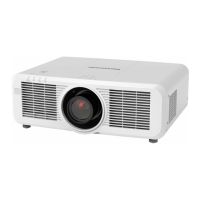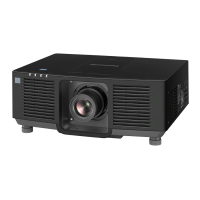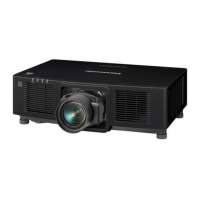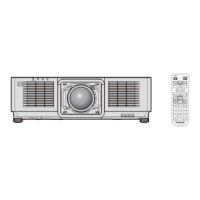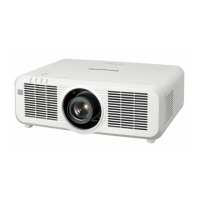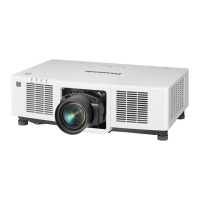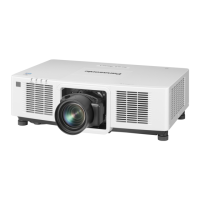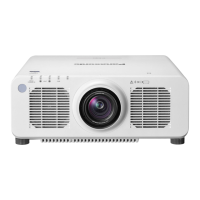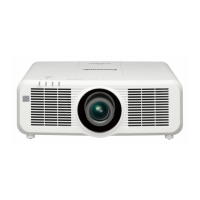Chapter 2 Getting Started — Connecting
52 - ENGLISH
Connecting
Before connecting
f Before connecting, carefully read the operating instructions for the external device to be connected.
f Turn off the power of all devices before connecting cables.
f Take note of the following points before connecting the cables. Failure to do so may result in malfunctions.
g When connecting a cable to a device connected to the projector or the projector itself, touch any nearby
metallic objects to eliminate static electricity from your body before performing work.
g Do not use unnecessarily long cables to connect a device to the projector or to the projector body. The longer
the cable, the more susceptible to noise it becomes. Since using a cable while it is wound makes it act like an
antenna, it is more susceptible to noise.
g When connecting cables, connect GND rst, then insert the connecting terminal of the connecting device in a
straight manner.
f Acquire any connection cable necessary to connect the external device to the system that is neither supplied
with the device nor available as an option.
f If video signals from video equipment contain too much jitter, the images on the screen may wobble. In this
case, a time base corrector (TBC) must be connected.
f If synchronization signals output from computers or video equipment are disrupted due to changes in the video
output setting or other reasons, colors of projected images may be temporarily disrupted.
f The signal that can be connected to the projector is video signal, YC
B
C
R
/YP
B
P
R
signal, analog RGB signal
(synchronization signal is TTL level), and digital signal.
f Some computer models or graphic cards are not compatible with the projector.
f Use a cable compensator when you connect devices to the projector using long cables. Otherwise the projector
may not project the image properly.
f For details of the types of video signals that can be used with the projector, refer to “List of compatible signals”
(x page 220).
<RGB 2 IN> terminal pin assignment and signal name
Outside view Pin No. Signal name Pin No. Signal name
(10)
(6)
(11) (15)
(1) (5)
(1)
R/P
R
(9)
+5 V
(2)
G/Y
(10)
GND
(3)
B/P
B
(11)
GND
(4)
―
(12)
DDC data
(5)
GND
(13)
SYNC/HD
(6)
GND
(14)
VD
(7)
GND
(15)
DDC clock
(8)
GND
<MONITOR OUT> terminal pin assignment and signal name
Outside view Pin No. Signal name Pin No. Signal name
(10)
(6)
(11) (15)
(1) (5)
(1)
R/P
R
(9)
―
(2)
G/Y
(10)
GND
(3)
B/P
B
(11)
GND
(4)
―
(12)
―
(5)
GND
(13)
SYNC/HD
(6)
GND
(14)
VD
(7)
GND
(15)
―
(8)
GND
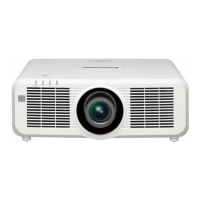
